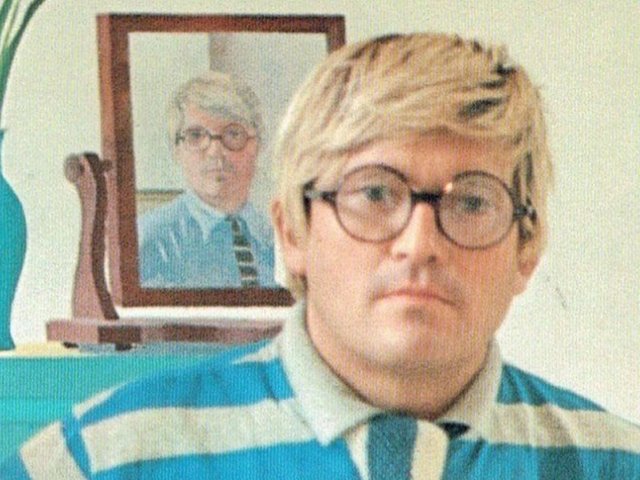Born in Hamburg in 1904, to an English father and Austrian mother, Brandt’s early years were spent in Germany and Switzerland (where he underwent treatment for Tuberculosis). Gravitating to Paris in 1928, he worked as assistant to Man Ray, as part of an artistic circle that included Kertész and Brassaï, and contributed to the Surrealist publication Minotaure. Settling in England in 1931, where he remained until his death in 1983, he made a living as a freelance photographer for mass-circulation magazines as diverse as Weekly Illustrated, The Bystander, Verve, Coronet, Picture Post, Lilliput and both UK and US editions of Harper’s Bazaar. Brandt’s publications include nine books of photographs, one posthumous. This handsome overview, spanning Bill Brandt’s entire career, is intended to be the standard work of reference on the celebrated photographer’s life and work. Beautifully reproduced in duotone, it admirably succeeds—with its copious selection of images and texts, including a brief foreword by David Hockney, Bill Jay’s introductory essay, and Nigel Warburton’s two cogent accounts, “The career” and “Printing styles”, not to mention, a series of apposite quotations from Brandt himself—in justifying our perception of him as an undisputed genius, the greatest British photographer of the twentieth century. The plates, covering all Brandt’s output from his portrait of Ezra Pound (1928) to David Hockney (1980), are divided into eight sections, each preceded by a quotation from the photographer, encapsulating different aspects and periods of his career. Only the inexplicable omission of a separate chronology marrs an otherwise excellent volume.
Bill Jay and Nigel Warburton, The photography of Bill Brandt (Thames & Hudson, London, 1999), 320 pp, 379 b/w ills, £48 (hb) ISBN 0500019568


